
Bats aren’t spooky, they’re adorable 💕Here, an Ectophylla alba pup chilling under a leaf tent gets a surprise visit… from a katydid.
Happy Halloween 🦇🦇🦇
Bats aren’t spooky, they’re adorable 💕Here, an Ectophylla alba pup chilling under a leaf tent gets a surprise visit… from a katydid.
Happy Halloween 🦇🦇🦇
www.sciencedirect.com/science/arti...


www.sciencedirect.com/science/arti...
www.sciencedirect.com/science/arti...

www.sciencedirect.com/science/arti...
doi.org/10.1371/jour...
doi.org/10.1371/jour...
We found that in pipistrelle bats, social vocalizations carry a stronger phylogenetic signal than echolocation calls, suggesting the former evolve more slowly, while the latter remains flexible and shaped by the environment.
www.sciencedirect.com/science/arti...
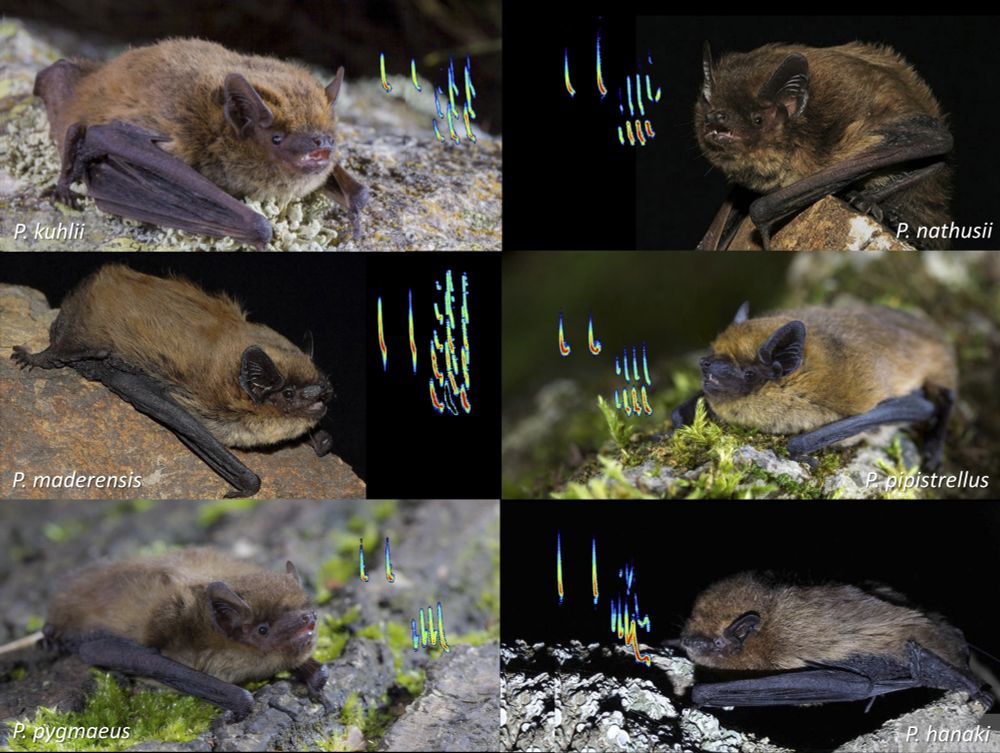
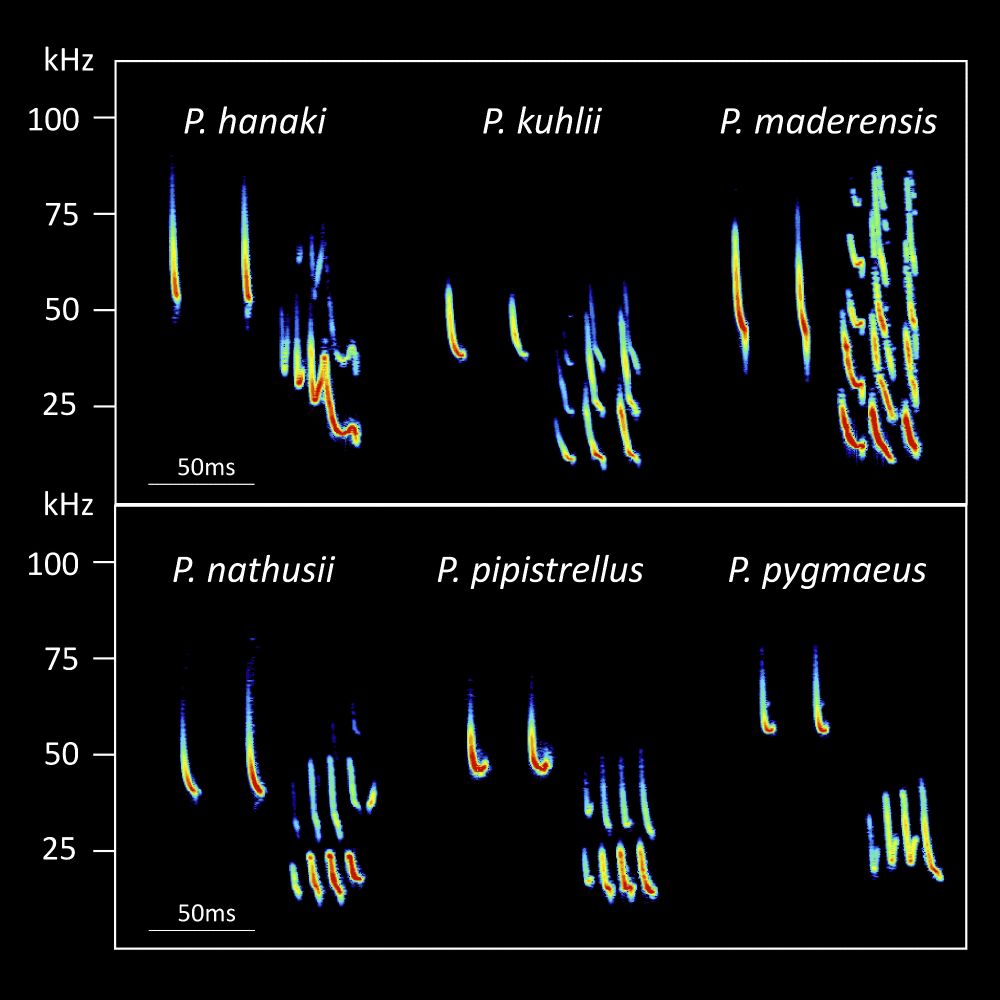
We found that in pipistrelle bats, social vocalizations carry a stronger phylogenetic signal than echolocation calls, suggesting the former evolve more slowly, while the latter remains flexible and shaped by the environment.
www.sciencedirect.com/science/arti...
As Southern Europe swelters under record-breaking temperatures, we are investigating how extreme heat turns safe roosts into death traps – and how to prevent that.


As Southern Europe swelters under record-breaking temperatures, we are investigating how extreme heat turns safe roosts into death traps – and how to prevent that.
Mating roosts are vital for reproduction, so they should receive the same protection as nursery roosts. Plus, males yodel there...😅
nyaspubs.onlinelibrary.wiley.com/doi/epdf/10....
Mating roosts are vital for reproduction, so they should receive the same protection as nursery roosts. Plus, males yodel there...😅
nyaspubs.onlinelibrary.wiley.com/doi/epdf/10....
Although it was published last year, I only received my copy a few days ago — and I’m completely smitten! ♥️
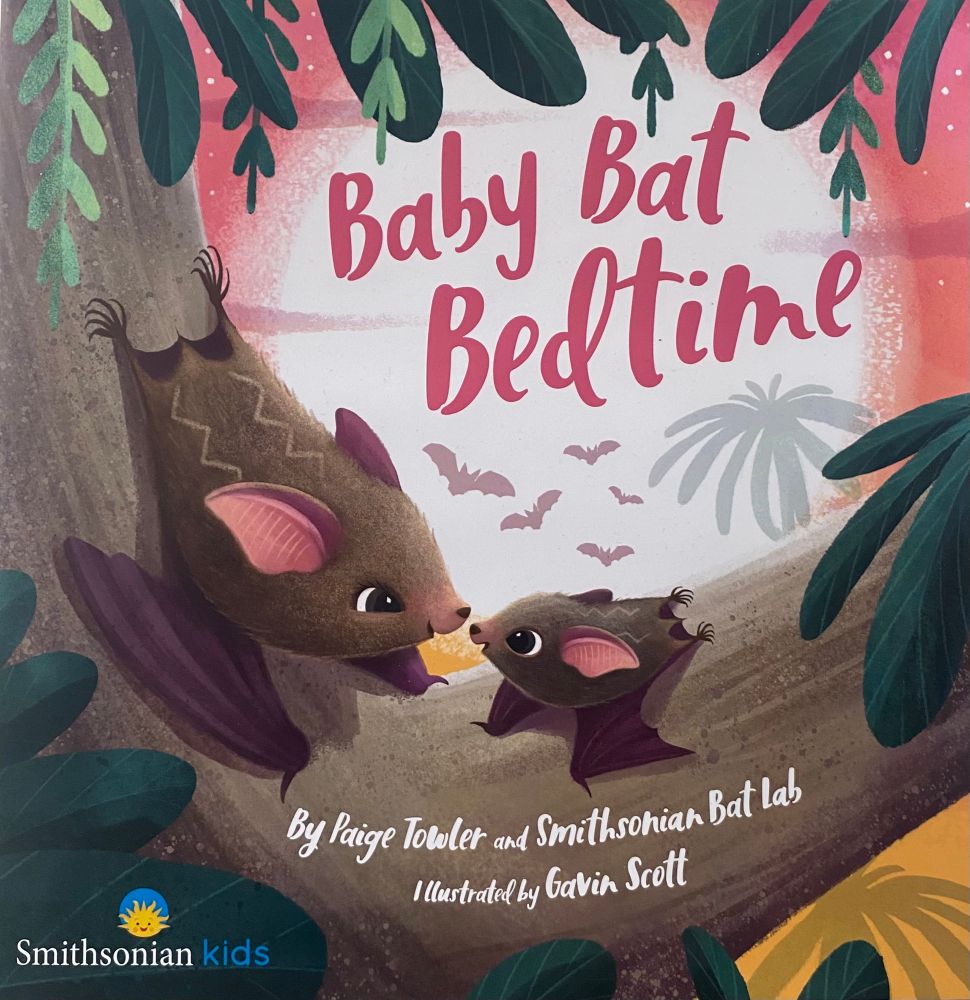
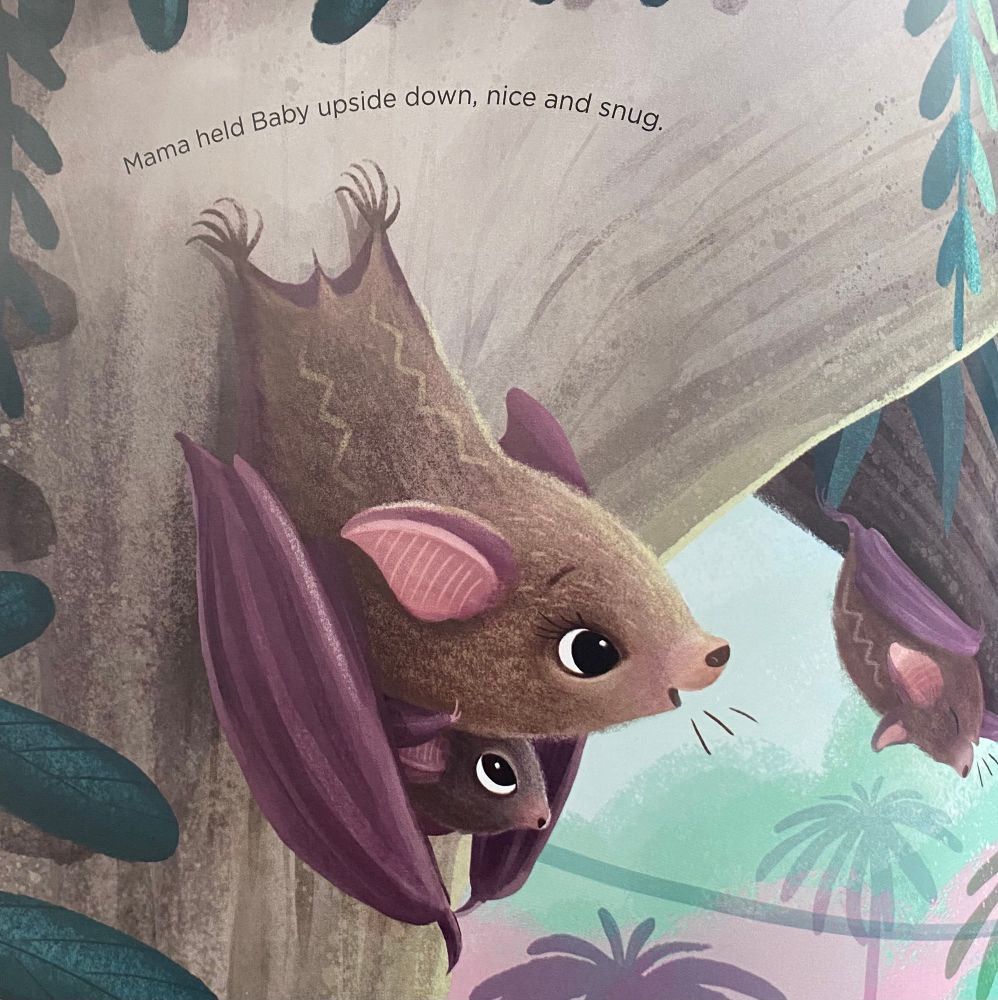
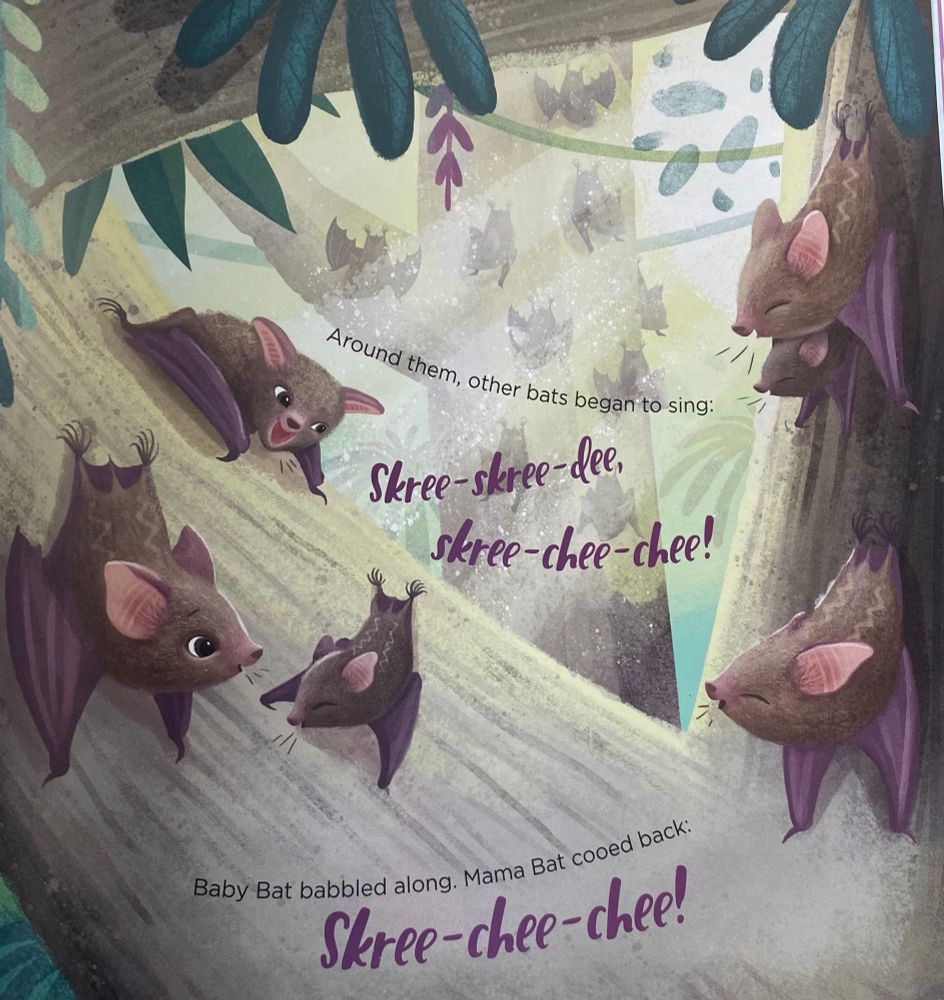
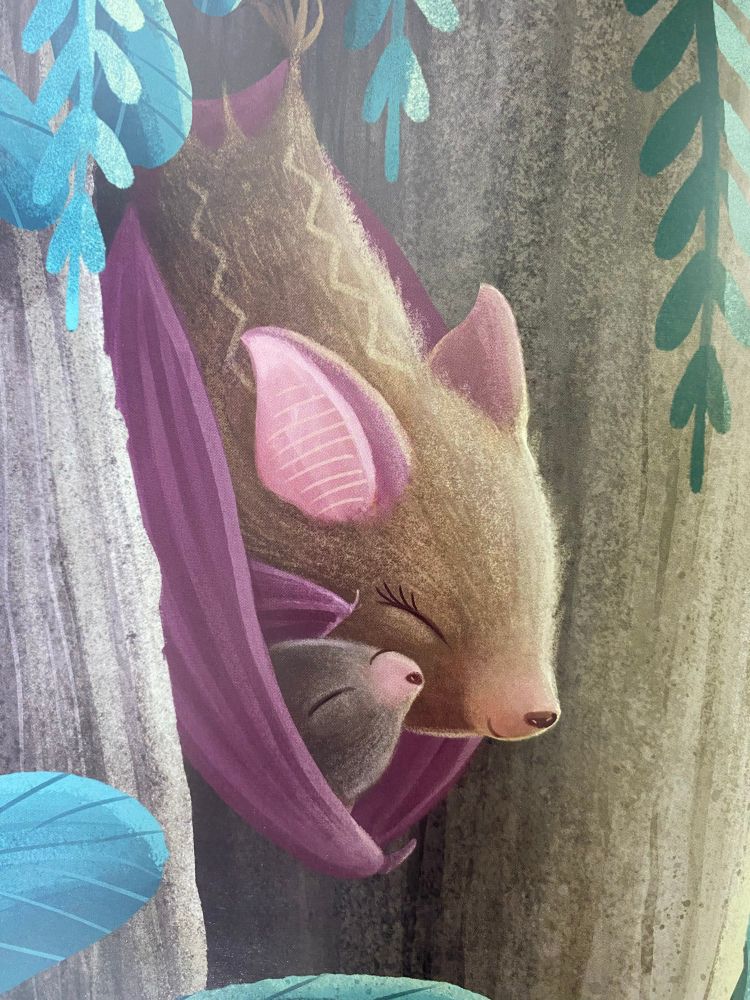
Although it was published last year, I only received my copy a few days ago — and I’m completely smitten! ♥️
Vocal learning isn’t just about listening—it’s about interactions! Mother bats play a key role in shaping how their pups learn to communicate, showing how important early-life interactions are.
doi.org/10.7554/eLif...
@eLife.bsky.social
@ahanaaurora.bsky.social
Vocal learning isn’t just about listening—it’s about interactions! Mother bats play a key role in shaping how their pups learn to communicate, showing how important early-life interactions are.
doi.org/10.7554/eLif...
@eLife.bsky.social
@ahanaaurora.bsky.social
Register here: zoom.us/webinar/regi...

Register here: zoom.us/webinar/regi...
Surprisingly, our study found that bats' previous experience with artificial roosts mattered more than enhanced detectability!
Read more in our new paper!
journals.plos.org/plosone/arti...
Photo by Anja Bergmann

Surprisingly, our study found that bats' previous experience with artificial roosts mattered more than enhanced detectability!
Read more in our new paper!
journals.plos.org/plosone/arti...
Photo by Anja Bergmann
Bold, exploratory, and proactive individuals were more likely to produce social calls – and more agitated bats called even more!
royalsocietypublishing.org/doi/10.1098/...
Photo by Michael Stifter

Bold, exploratory, and proactive individuals were more likely to produce social calls – and more agitated bats called even more!
royalsocietypublishing.org/doi/10.1098/...
Photo by Michael Stifter

